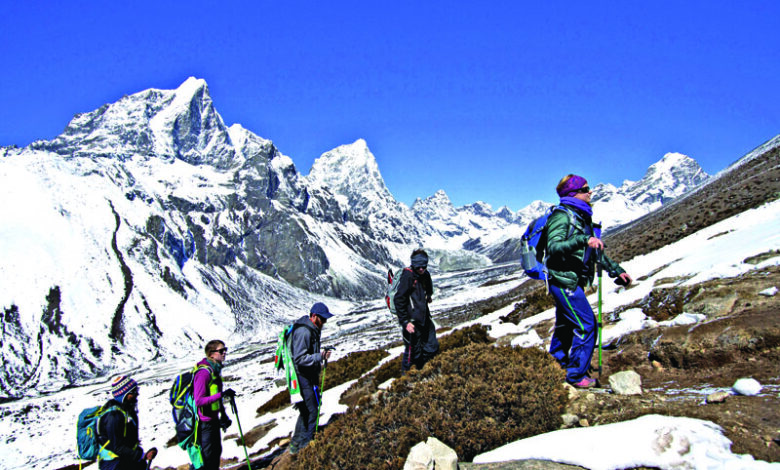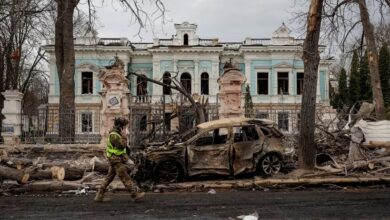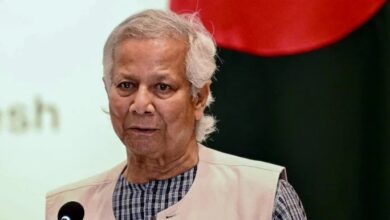Nepal’s Hopes for Tourism Boom Dampened by Political Tensions

In the picturesque town of Lumbini, Nepal, the vivid orange hues of a stunning hotel catch the eye for miles around. The hotel offers breathtaking views of the surrounding mountains and is strategically located in close proximity to Lumbini, the birthplace of Buddha. However, to the dismay of its owner, Bishnu Sharma, this impressive establishment remains largely unoccupied.
Despite its potential, the hotel hasn’t experienced the anticipated surge in tourist numbers, which can be partly attributed to the ongoing tensions between Nepal’s neighboring giants, India and China. Lumbini, renowned for its spiritual significance, drew nearly a million visitors in 2022, according to the Lumbini Development Trust. It was this influx of tourists that the government had counted on when it invested a significant $76 million to construct the Gautam Buddha International Airport, inaugurated in May the previous year.
Interestingly, the majority of visitors to Lumbini are domestic tourists, with just under a third arriving from neighboring India. The newly established terminal, known as Bhairahawa Airport, offers tourists a direct flight to Lumbini, circumventing the arduous 250-kilometer (155-mile) journey by land from Nepal’s capital, Kathmandu.
However, the expected tourism boom has yet to materialize, and experts in the travel industry point to a lack of early promotion and incentives for international airlines as key factors in this setback.
Bishnu Sharma, the hotel owner, laments, “The government asked us to expand tourism infrastructure, saying more international flights would come. But my hotel is two-thirds empty. I am now struggling to repay my loan.” He reveals that he is facing debts amounting to millions of rupees.
The story of the Gautam Buddha International Airport, funded with a $215 million loan from China, follows a similar pattern. Since its inauguration in January, the airport has not witnessed any international flights apart from a charter flight from Chengdu that transported Chinese officials and tourists.
The airport in Gautama Buddha and the one in Pokhara collectively accommodate 80-85 domestic flights daily. However, experts argue that to ensure their sustained operations, these terminals require a significant influx of international traffic.
The consequences of this tourism slump are far-reaching, impacting not only hotel owners and airlines but also the overall economic prospects of Lumbini and the surrounding regions. Additionally, it underscores the need for effective marketing and infrastructure development to realize Nepal’s full tourism potential, especially considering its status as a nation rich in natural beauty, cultural heritage, and spiritual significance.
News Mania Desk / Agnibeena Ghosh 4th October 2023






